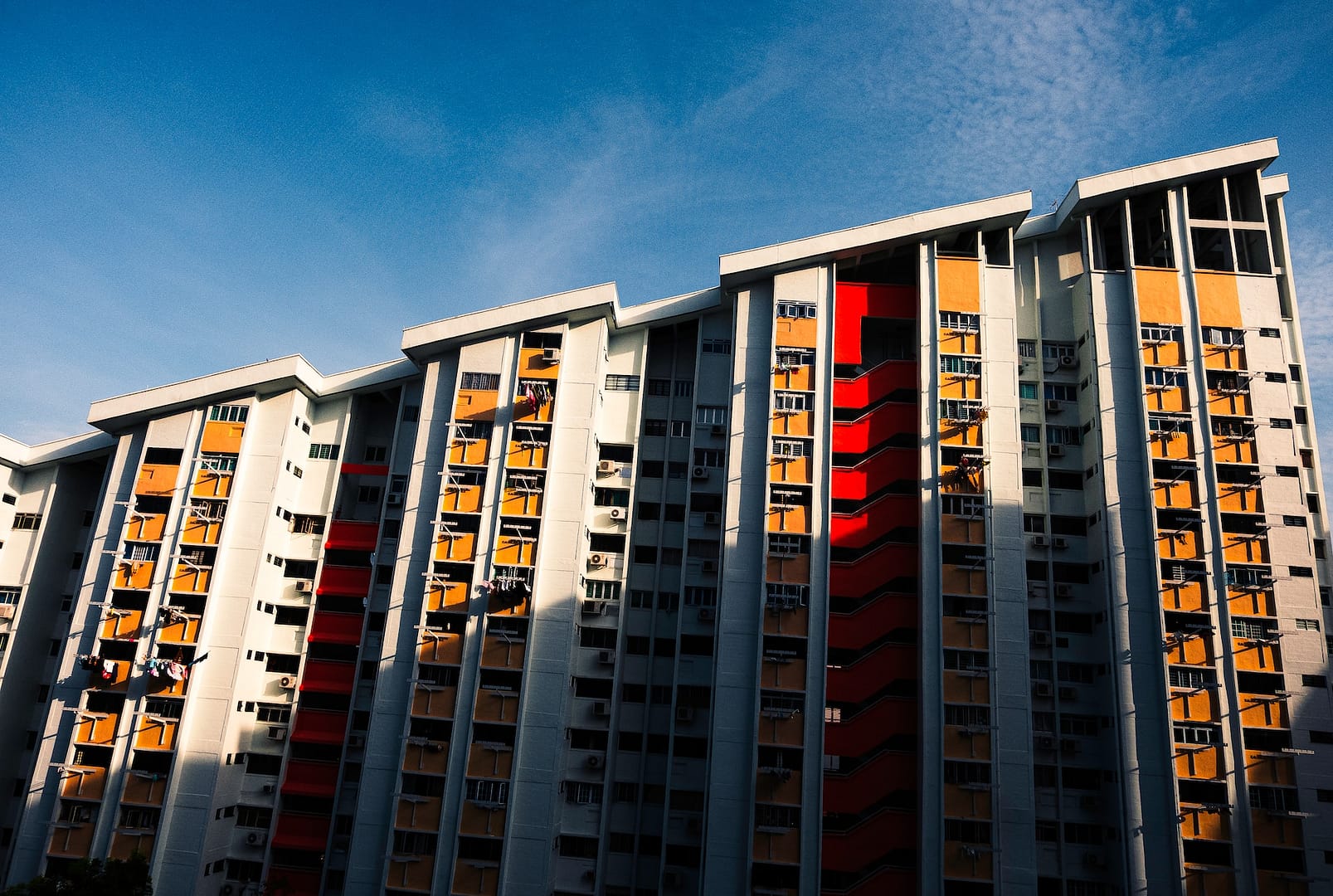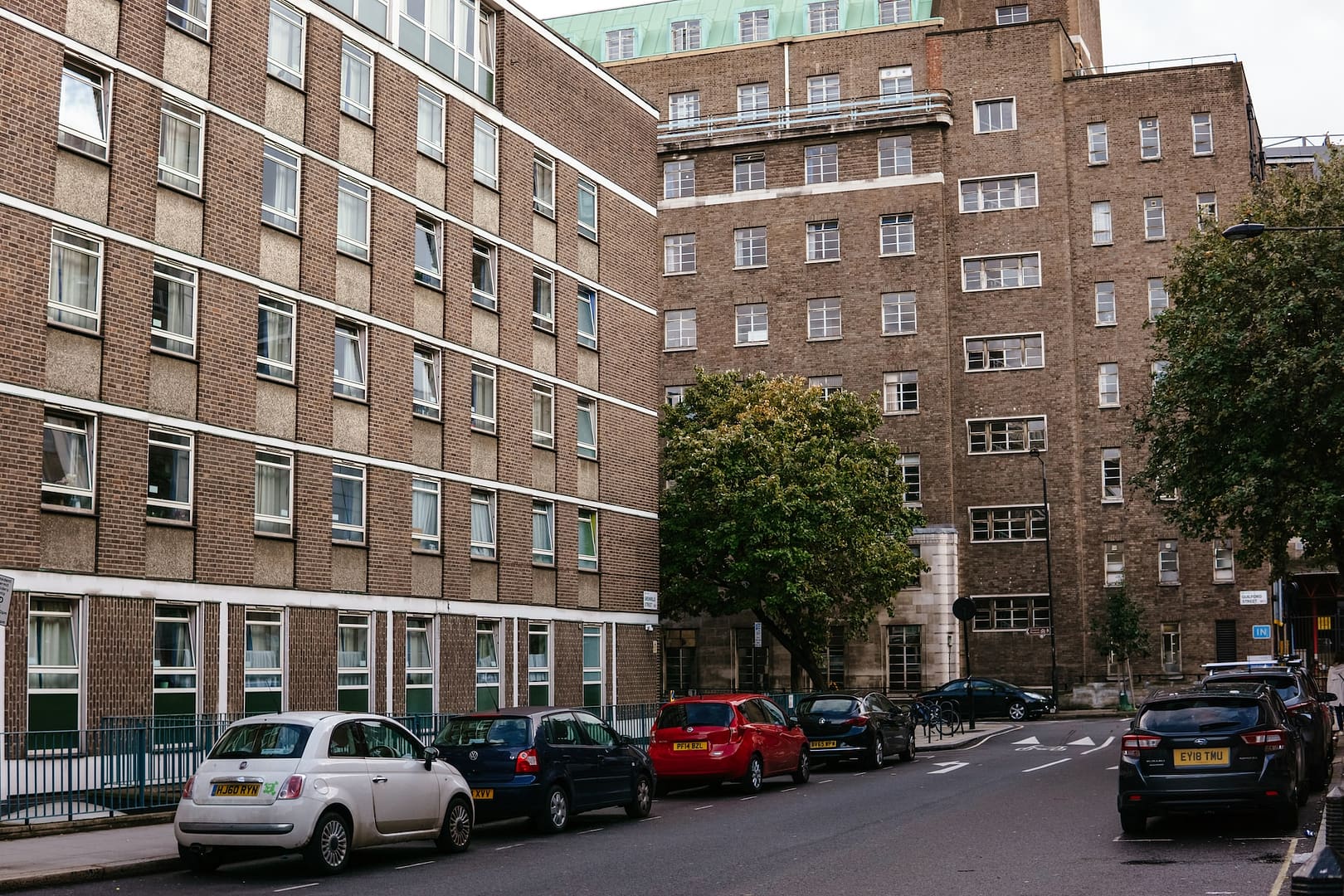Social housing disrepair and gentrification are two interconnected issues that have garnered increased attention in recent years, especially in the context of the UK. These problems have significant implications for communities and individuals, as well as the broader socio-economic landscape. In this article, we will delve into the main issues of social housing disrepair and explore the root causes of gentrification, shedding light on the complex interplay between them.
The Main Issues of Social Housing
Neglected Homes and Health Implications
Social housing disrepair, at its core, revolves around the deteriorating condition of publicly owned homes. This issue plagues communities across the UK and has far-reaching consequences. Neglected homes often suffer from problems such as leaking roofs, damp walls, faulty plumbing, and inadequate heating systems. These issues can significantly affect the health and well-being of residents, especially vulnerable populations like children and the elderly.
Living in substandard conditions can lead to various health problems, including respiratory issues, allergies, and mental health concerns. Children growing up in homes with disrepair are more likely to miss school due to illnesses, further perpetuating the cycle of educational disadvantage. The lack of proper housing maintenance exacerbates health inequalities and places undue pressure on healthcare systems.
Rising Demand and Insufficient Supply
A fundamental issue in social housing is the stark disparity between the demand for affordable housing and the limited supply available. The United Kingdom, like many other countries, faces an acute shortage of affordable homes. The waiting lists for social housing can be extensive, leaving many families in precarious living situations. This high demand is compounded by rising housing costs in the private sector, forcing people to turn to social housing as their only viable option.
The insufficient supply of social housing is a multifaceted problem with multiple causes, such as budget constraints and limited resources. The combination of increasing demand and dwindling supply perpetuates the cycle of social housing disrepair, as authorities struggle to allocate resources effectively.
Social and Economic Inequality
Social housing disrepair is a glaring manifestation of social and economic inequality. Those who reside in substandard homes are often marginalised members of society, including low-income families and minority communities. They are disproportionately affected by the lack of proper housing maintenance and face additional challenges in improving their living conditions.
Inadequate housing perpetuates social inequalities, making it even more difficult for individuals and families to break the cycle of poverty. Moreover, the stigmatisation associated with living in substandard housing can have far-reaching implications for people’s self-esteem and social integration.
The Root Causes of Gentrification
Economic Revitalisation and Urban Development
Gentrification is a process through which urban neighbourhoods undergo transformation, typically characterised by an influx of more affluent residents and businesses. This process often results in the displacement of long-standing, low-income communities. One of the primary drivers of gentrification is the pursuit of economic revitalization and urban development.
Cities and local governments often seek to attract new businesses and investments as a means of boosting the local economy. In doing so, they may implement policies and incentives that attract higher-income individuals, who are more likely to invest in and improve properties. This economic revitalization can lead to increased property values and, consequently, rent prices, making it difficult for existing residents to afford to remain in their neighbourhoods.
Disinvestment and Neglect of Low-Income Areas
Before gentrification takes hold, many neighbourhoods, particularly those inhabited by low-income communities, often experience a prolonged period of disinvestment and neglect. These areas frequently lack adequate infrastructure, services, and amenities. As a result, they are less attractive to potential residents and investors.
The combination of deteriorating public spaces, insufficient resources, and limited access to quality education can create a cycle of disadvantage within these communities. When gentrification begins, it may exacerbate these disparities as newly arrived residents and businesses invest in infrastructure and services that cater to their needs, further displacing the existing population.
Housing Policy and Regeneration
Housing policies and regeneration efforts play a pivotal role in gentrification. Some government initiatives aimed at improving housing conditions may unintentionally contribute to the process of gentrification. For instance, when public housing is redeveloped, it can result in the displacement of existing tenants and the creation of housing that is unaffordable for them. This can be seen as a double-edged sword: while it may bring much-needed investment and improvement to neighbourhoods, it can also accelerate the displacement of long-term residents.
In the UK, regeneration programs like the Housing Market Renewal (HMR) initiative have faced criticism for their role in gentrification. While these initiatives aim to tackle social housing disrepair, they can inadvertently lead to the displacement of low-income residents, as new developments cater to higher-income individuals.
The Complex Interplay between Disrepair and Gentrification
The link between social housing disrepair and gentrification is intricate and mutually reinforcing. While social housing disrepair is a problem that often afflicts low-income communities, gentrification tends to draw in more affluent residents and investors. Here’s how these two issues intersect:
Displacement of Vulnerable Communities
One of the most direct consequences of gentrification is the displacement of long-standing, low-income communities. As gentrified neighbourhoods become more attractive to higher-income residents, property values and rents rise, making it financially impossible for existing residents to remain. This results in the forced relocation of vulnerable communities, often pushing them into other areas with similar issues of social housing disrepair.
Increased Pressure on Social Housing
As gentrification leads to the displacement of low-income residents, there is an increased demand for social housing in other areas. This exacerbates the already existing issue of insufficient supply and resources for maintaining social housing. As more and more individuals and families require social housing, the conditions of existing housing units may deteriorate further, creating a vicious cycle.
Shifting Neighborhood Dynamics
Gentrification often results in a transformation of neighbourhood dynamics. As more affluent residents move in, they may have different expectations regarding the quality of housing and amenities. This can lead to increased pressure on local authorities to invest in improving social housing in gentrified neighbourhoods. While this investment may lead to better living conditions for some, it can also further marginalise those who are unable to afford the rising costs associated with gentrification.
A Continuing Challenge for Urban Planners
Urban planners and policymakers face the challenging task of addressing social housing disrepair and gentrification simultaneously. Balancing the need for housing maintenance and investment in low-income communities with the push for urban development and economic revitalization is a complex endeavour.
Making a Housing Disrepair Claim with National Claims
Note: You can only make a claim if you are currently living in social housing.
At National Claims, we understand the challenges that individuals and communities face when dealing with social housing disrepair. We’re here to help you navigate the process of making a claim and seeking the compensation and support you deserve.
Assessment: Our experienced team will assess the condition of your social housing and identify any disrepair issues that need attention. We’ll work closely with you to understand the extent of the problems you’re facing.
Documentation: We’ll help you gather all the necessary documentation to support your claim. This includes photographs, repair requests, and any correspondence with your housing authority or landlord.
Compensation: If your housing disrepair claim is successful, we’ll work to secure the compensation you deserve for the inconvenience and health implications you’ve experienced due to the disrepair.

Conclusion
In conclusion, social housing disrepair and gentrification are two critical issues that have significant implications for communities and individuals in the UK and around the world. Social housing disrepair perpetuates health inequalities and social inequality, particularly among marginalised populations. On the other hand, gentrification, driven by economic revitalization and urban development, can lead to the displacement of low-income communities and the transformation of neighbourhoods.
The interplay between these two issues is undeniable, with gentrification often exacerbating the problems of social housing disrepair. Addressing these challenges requires a multifaceted approach that considers the needs and well-being of vulnerable communities while fostering economic growth and development. By understanding the complex relationship between these issues, we can work towards more equitable and inclusive urban environments that prioritise the welfare of all residents, regardless of their socioeconomic status. And at National Claims, we are here to support individuals in their journey to address the issue of social housing disrepair, ensuring they receive the assistance and compensation they deserve.
Contact us today to begin your claim and get the help you deserve by speaking to one of our claims specialists.
Click below to see why we are one of the most trusted claims management companies in the UK.

We’re proud of our excellent customer reviews
We thrive on delivering exceptional service and ensuring our clients’ satisfaction. Don’t just take our word for it. Check out some of our independent reviews to see what our clients have to say.
Excellent

This firm is excellent, they sorted out my car pay out and injury claim very fast, they always communicate with you all the time.

My accident case was dealt with confidence and with great result of the outcome, especially James kept me informed all the time.

I was very impressed at the way my inquiry was treated. I was listened to attentively and everything I needed to know was explained to me.






